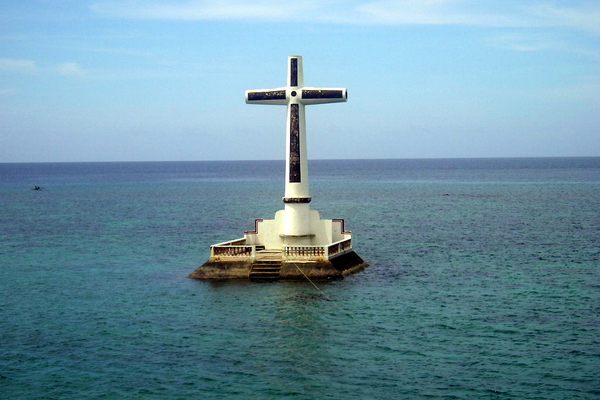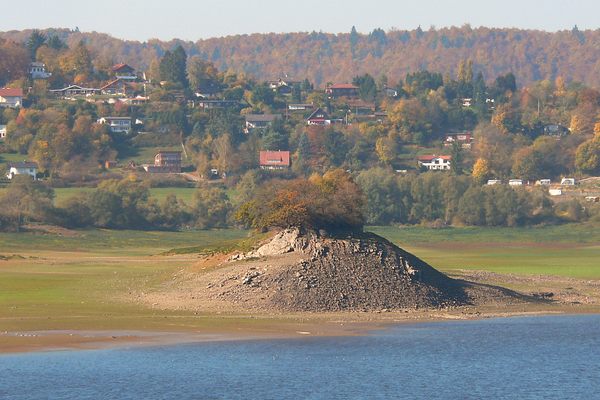About
The spire of Bezidu Nou/Bözödújfalu's Catholic church, long visible above the waters of Bezid reservoir, became a symbol of Romanian dictator Nicolae Ceaușescu's attempts to "systematize" rural Transylvania, in part by destroying historically Hungarian and German villages.
Bezidu Nou, which had been a center of the Székely Sabbatarians, a Transylvanian religious group that converted to Judaism in the 19th Century, was inhabited predominantly by Hungarian speakers of diverse faiths. The construction of the reservoir began in 1988, although the dam had already been started in 1975, with a long interruption from 1977 to 1984. Authorities began clearing the village in 1985, and by 1994, despite Ceaușescu's fall from power, most of the village was under water, with only 12 houses and approximately 40 residents remaining. A memorial erected in 1995 bears the names of former residents, along with plaques in Hungarian and Romanian reading:
"On the floor of the lake rests Bezidu Nou. Its 180 former residents, now scattered in the world, mourn it still today. Obsequious servants of the dictatorship demolished it and flooded it, thereby destroying a historically and religiously unique community, in which families of different nationalities and faiths lived with one another, full of understanding and good peace over the centuries. Now the prayers of Roman Catholics, Unitarians, Greek Catholics, and Sabbatarians have gone silent forever. Let this place be a symbol of religious tolerance."
The iconic Catholic church which had long pierced the surface of the water gradually decayed, until its steeple finally collapsed on June 29, 2014. Now only the edge of a wall remains visible above water.
Related Tags
Legends of Romania: Castles, Ruins & Culinary Delights
Discover Romania's Medieval Castles & Culture.
Book NowPublished
August 8, 2014



































